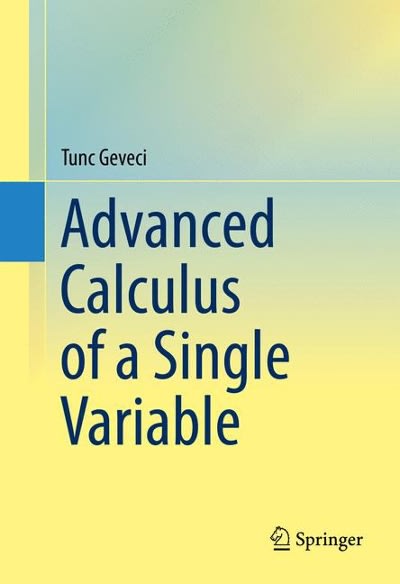Question
1. You wish to test the following claim (H a ) at a significance level of =0.05 H o :p 1 =p 2 H a
1. You wish to test the following claim (Ha) at a significance level of =0.05 Ho:p1=p2 Ha:p1
2. You wish to test the following claim (Ha) at a significance level of =0.01 Ho:p1=p2 Ha:p1>p2 You obtain 29.3% successes in a sample of size n1=553 from the first population. You obtain 24.8% successes in a sample of size n2=753 from the second population. For this test, you should NOT use the continuity correction, and you should use the normal distribution as an approximation for the binomial distribution. What is the test statistic for this sample? (Report answer accurate to three decimal places.) test statistic = What is the p-value for this sample? (Report answer accurate to four decimal places.) p-value =
3. You wish to test the following claim (Ha) at a significance level of =0.05 Ho:p1=p2 Ha:p1
4. You wish to test the following claim (Ha) at a significance level of =0.002 Ho:p1=p2 Ha:p1p2 You obtain 226 successes in a sample of size n1=516 from the first population. You obtain 104 successes in a sample of size n2=333 from the second population. For this test, you should NOT use the continuity correction, and you should use the normal distribution as an approximation for the binomial distribution. What is the test statistic for this sample? (Report answer accurate to three decimal places.) test statistic =
5. You wish to test the following claim (Ha) at a significance level of =0.05 Ho:p1=p2 Ha:p1
6. You are testing the claim that the proportion of men who own cats is significantly different than the proportion of women who own cats. You sample 60 men, and 25% own cats. You sample 200 women, and 90% own cats. Find the test statistic, rounded to two decimal places. _________________
7. You wish to test the following claim (Ha) at a significance level of =0.02 Ho:p1=p2 Ha:p1
8. Assume that a procedure yields a binomial distribution with a trial repeated n=5 times. Use either the binomial probability formula (or a technology like Excel or StatDisk) to find the probability of k=0 successes given the probability q=0.26 of failure on a single trial. (Report answer accurate to 4 decimal places.) P(X=k)=
9. Assume that a procedure yields a binomial distribution with a trial repeated n=19 times. Use either the binomial probability formula (or a technology like Excel or StatDisk) to find the probability of k=10 successes given the probability q=0.66 of failure on a single trial. (Report answer accurate to 4 decimal places.) P(X=k)=
10. Assume that a procedure yields a binomial distribution with a trial repeated n=5 times. Use some form of technology to find the probability distribution given the probability p=0.515 of success on a single trial. (Report answers accurate to 4 decimal places.)
| k | P(X = k) |
|---|---|
| 0 | |
| 1 | |
| 2 | |
| 3 | |
| 4 | |
| 5 |
11. About_________ % of the area under the curve of the standard normal distribution is between z=-0.314 and z=0.314 (or within 0.314 standard deviations of the mean). __________
About _________ % of the area under the curve of the standard normal distribution is between z=-1.396 and z=1.396 (or within 1.396 standard deviations of the mean). ___________
About _________ % of the area under the curve of the standard normal distribution is outside the interval z=[0.32,0.32] (or beyond 0.32 standard deviations of the mean). __________
About _________ % of the area under the curve of the standard normal distribution is outside the interval z=[0.19,0.19] (or beyond 0.19 standard deviations of the mean). ____________
Step by Step Solution
There are 3 Steps involved in it
Step: 1

Get Instant Access to Expert-Tailored Solutions
See step-by-step solutions with expert insights and AI powered tools for academic success
Step: 2

Step: 3

Ace Your Homework with AI
Get the answers you need in no time with our AI-driven, step-by-step assistance
Get Started


